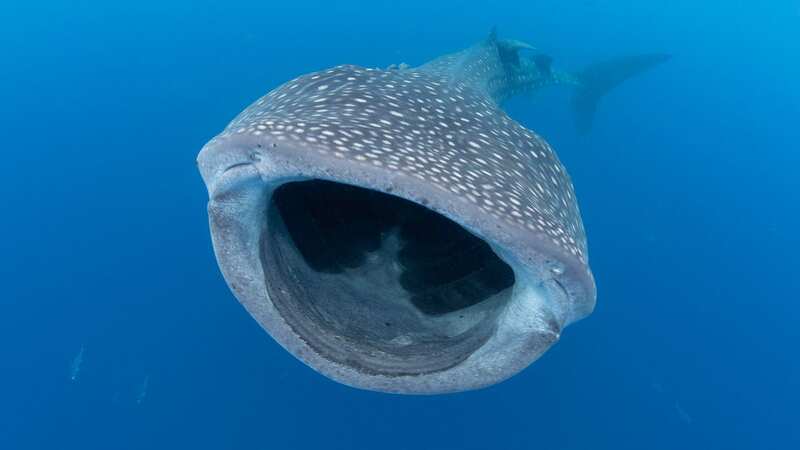First ever pregnant megamouth shark is discovered as creature washes up on beach

The first ever pregnant megamouth shark has been discovered after it washed up on a beach on The Philippines.
It means scientists are now one step closer to understanding the mystery of the megamouth shark as they were able to establish the creature gives birth to its offspring instead of laying eggs. The 18-foot shark was found pregnant with seven pups which were expelled from her body in Aurora, The Philippines, on November 14.
Researchers were unsure before now whether megamouth sharks were ovoviviparous, like other shark species, meaning eggs develop inside their body, which they later lay. However, the shark and each of the pups couldn't be revived.
She was taken in for a necropsy performed by an expert from the Philippines’ Bureau of Fisheries and Aquatic Resources. Another pup also went for necropsy, while the other six were taken to the National Museum of the Philippines for further examinations and processing, such as genetic testing to see if the young could have different fathers.
AA Yaptinchay, a researcher involved in the necropsy, said: "Now we know they just have seven pups, compared to whale sharks, which have over 300 or tuna, which have millions." He also told New Scientist it was concerning that a creature so large produces very few offspring.
 Furious chimp launches bottle at girl filming him leaving her bleeding at zoo
Furious chimp launches bottle at girl filming him leaving her bleeding at zoo
The sea creatures will be kept at the museum and preserved in their collection for future exhibitions after the examinations. This sighting means scientists have been able to study further the creature’s reproductive system and learn more about young megamouth sharks.
The megamouth shark was first discovered in 1976 so not a lot is known about it. Only around 100 of them have been observed by scientists and this is often when they get caught or stranded.
Read more similar news:
Comments:
comments powered by Disqus

































